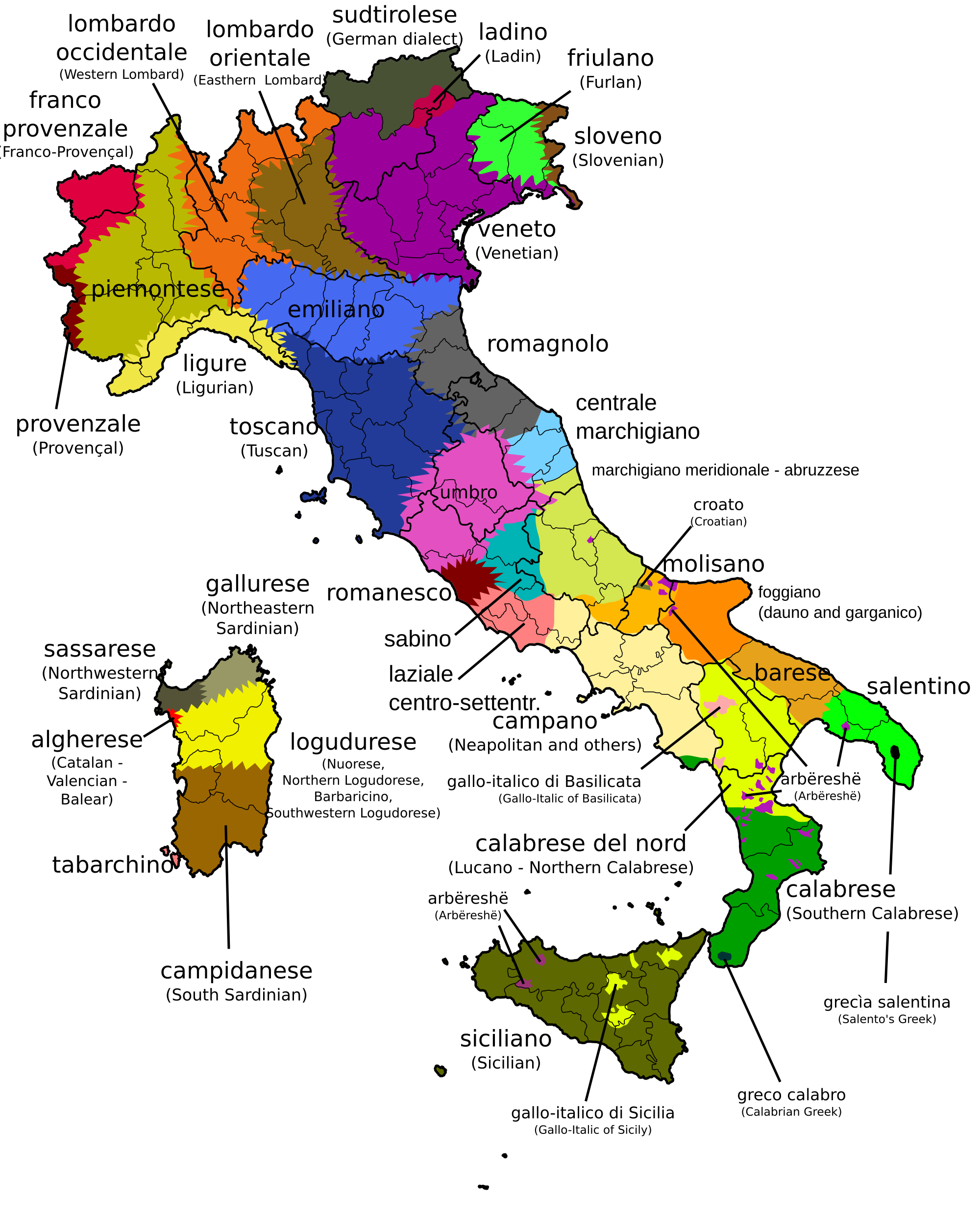As for Lombards,that is clear they settled in massive numbers in Italy,since there is a zone called "Lombardia".
I think there is not hard to search the Lombardia dialects for Germanic origin words.
As for what Y DNA the Lombards were carrying,they came quite late to Italy,so I think would be hard to link Lombards with mostly only one haplogroup.
Think they were quite mixed people,from genetics point of view.
The fact that Italy has a province named Lombardia doesn't mean the historical Langobardi came to Italy in "massive" numbers. The names given to certain areas do not constitute proof of ancestry of the people living in those areas today. America was called America after the explorer Amerigo Vespucci, who was a Tuscan. That doesn't mean most Americans are Tuscans...quite the contrary. Likewise, New Orleans is not inhabited by people of majority French stock from Orleans.
The only actual report we have about the Lombard invasion is from Paul the Deacon, written two hundred years after the event. From that account it seems that the "Lombards", who were accompanied by affiliated peoples, numbered no more than 150,000 people in total. It would be nice if we had a contemporaneous report, and ancient writers didn't operate under the constraints that apply to modern ones, but Paul the Deacon was a Lombard functionary of the Lombard court, and if he were going to exaggerate the numbers, one would think that he would inflate rather than deflate the numbers. Then we have to consider that some of these people, particularly the groups of men unaccompanied by their families, returned to the north.
This was at a time when, despite the fact that the Lombards claimed the land around their initial entry was "relatively" depopulated, (how convenient) Italy's population still numbered in the millions, if lower than before the invasions, and certainly lower than before the Gothic Wars. Now, perhaps in the initial areas of encounter in north eastern and north central northern Italy (including Lombarida), the invaders would have formed a bigger percentage of the population, but I see no evidence anywhere in the record that they came in "massive" numbers. The actual autosomal impact on the northern Italians prior to the dislocations attendant upon industrialization will have to await ancient Dna, in my opinion, but I tend to doubt it will be large. Input from north of the Alps in general is another matter, and I'm starting to think we're going to have quite a bit of trouble distinguishing between the two.
I would just mention that the Wiki article on the Lombard Invasion of Italy has been massively edited by some agenda driven internet warrior in my opinion. However, luckily, such people can't take actual academic texts and papers out of circulation.
This is a good one:The early Medieval World From the Fall of Rome To The Time of Charlemagne, by Michael Frassetto. There are quite a few others, but this one is exhaustive in its coverage.
It is a google book. The number of Lombard invaders can be found on page 382.
https://books.google.com/books?id=6...feKsQTF9YDgAQ&ved=0CDoQ6AEwBQ#v=onepage&q=the early medieval world from the fall of rome to the time of charlemagne&f=false
That said, there are numerous subclades of U-152. I don't know where all this certainty comes from that some of them couldn't have come with the Lombards. They did, after all, as someone pointed out, pass through areas where there is U152 today in order to reach Italy.
Any attempt to tie certain specific subclades to certain specific migrations will have to await ancient Dna, in my opinion.
Even should rather large portions of yDna U-152 be tied to "Lombards", that wouldn't change the fact that their percentage of autosomal input might be substantially less than their yDna input. I think we've all seen the disconnect that can exist between yDna percentages and the autosomal input of the initial yDna clade bearers, whatever the clade involved in the matter.




